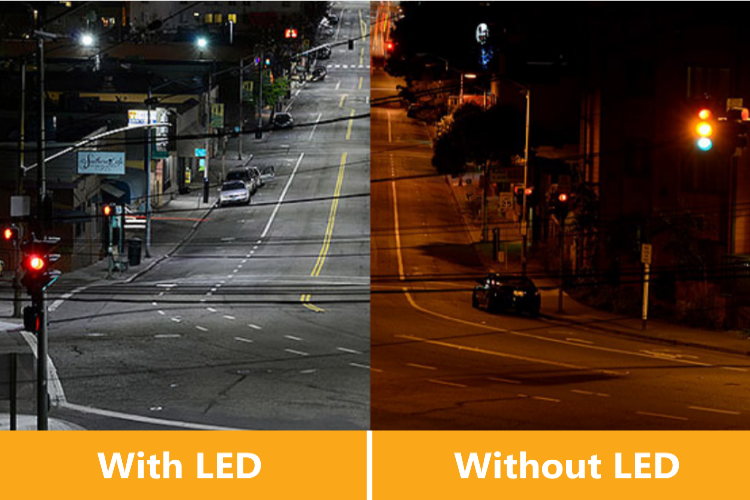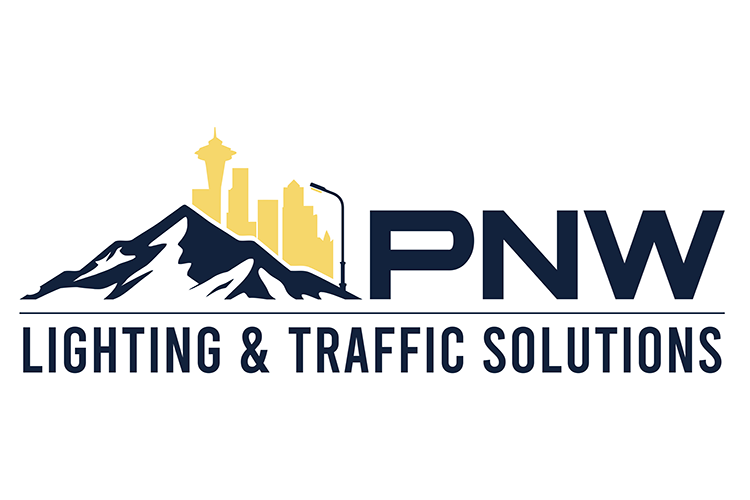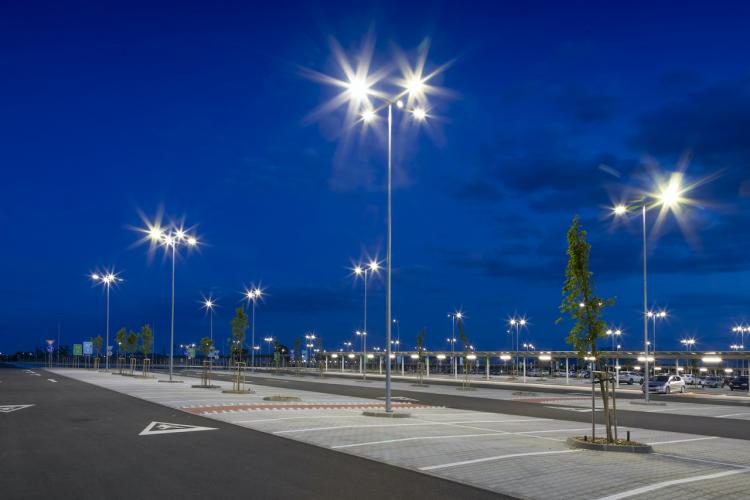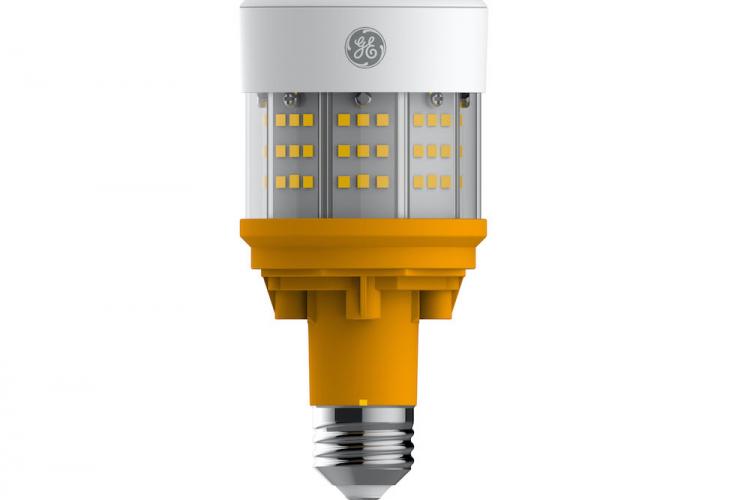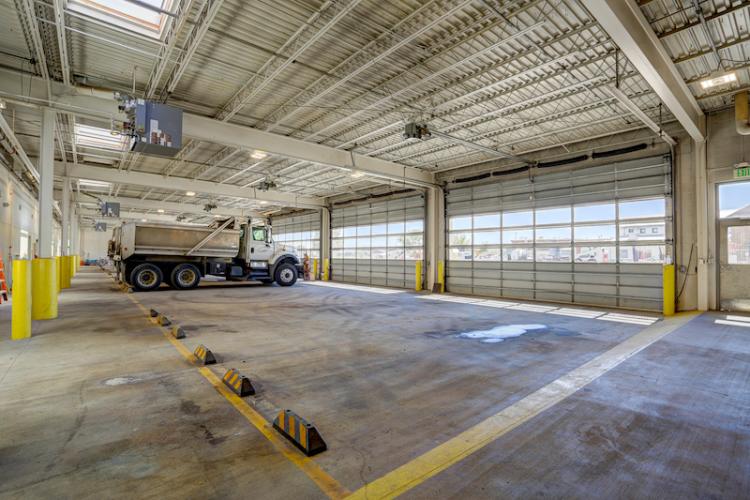LED for Roadways? The Top Five Reasons to Install in Your City
LED for Roadways? The Top Five Reasons to Install in Your City
An LED lighting solution for a municipality’s roadway system can yield a range of benefits that can be immediately realized. Cities across the United States have seen the benefits—aesthetic and financial—that can be achieved by new, intelligent infrastructure.
Is LED roadway lighting right for your town? Read on to find out.
Reason #1: Enhanced Visibility After Dark
Drivers and pedestrians require dependable and quality light sources to navigate city streets at nighttime, and managing these assets isn’t something city officials take lightly.
LED lighting offers hundreds of photometric options to suit precise requirements. Enhanced color rendering, reduced glare and improved light control round out a portfolio of capabilities that makes LED an ideal match for any roadway application, especially in neighborhoods where additional lighting may be desired.
Reason #2: Superior Reliability = Less Maintenance
In addition to illuminance and performance, durability is important to consider—and LED street lighting meets and even surpasses those needs. Roadway lighting is constantly exposed to the elements, and performing repeated maintenance on the same lights can be a costly expense for city governments that have ostensibly decided to implement them to cut costs, not incur more.
These conditions require a dedication to ensuring the reliability of roadway lighting systems. Through the expertise of its certified reliability practitioners and experts, Current’s LED street lighting fixtures are subject to reliability testing, including thermal shock, powered temperature cycling, and life testing under extreme temperature and humidity. Optics undergo a series of thermal soak, thermal fatigue and water emersion testing to make sure the materials hold strong under environmental stress. Drivers are required to pass a variety of specific testing requirements before entering service, and mechanical enclosures undergo elevated mechanical reliability testing to ensure durability.
When installing LED street lighting built to withstand a wide range of weather conditions, city officials can rest easy knowing they can rely on the performance of their roadway fixtures—and they’re further helping their cities through more predictable budgeting and a demonstrated commitment to energy efficiency.
Reason #3: Increased Efficiency = Greater ROI
When officials in Oakland, California, took the initiative to replace 30,000 street lights throughout the city, the decision to investigate LED came naturally. The move is estimated to save the city more than $1.4 million in annual energy and maintenance costs.
By reducing required maintenance and saving energy consumption, an LED lighting system is one of the most certain routes municipalities can take to secure a desirable ROI. To ensure this, officials need to consider answers to the following questions about their current roadway lighting systems:
- Is the lighting system owned by the city, the utility company or a combination of both?
- Do we track current maintenance costs?
- What are my ideal lighting requirements throughout the city?
Once you have the answers, you will be able to find a suitable solution, as LED lighting is versatile and can meet the needs of any city’s system.
Reason #4: Unmatched Controllability
That versatility extends to what you can do with your LED system. With quick on/off times, wireless control packages, enhanced scheduling functionality and more, a wide variety of lighting options are available for your roadways.
Used with LED street lighting, systems such as Current’s LightGrid™ outdoor wireless controls are helping to revolutionize urban lighting systems. As the first city to adopt it in the United States, San Diego is benefitting from the technology with GPS location features that self-commission to the LightGrid network and provide accurate performance and energy metering per light pole, which allows municipalities to pay for energy they actually use and more efficiently dispatch maintenance crews. These sophisticated tools allow city leaders to better manage overall energy consumption, reducing costs and asserting greater control over roadway lighting infrastructure.
Reason #5: The Time Is NOW
In a recent survey titled “Energy Efficiency and Technologies in America’s Cities,” released by the U.S. Conference of Mayors, 29 percent of respondents named LED/energy-efficient lighting as a technology to receive top priority for their municipality. That’s more than any other energy-saving tool, including solar and advanced metering infrastructure.
Additionally, 82 percent of those surveyed rated LED lighting as the “most promising” technology for reducing city energy use and carbon emissions.
Why are so many of America’s cities considering it? Because it has become clear that LED lighting is a prominent and desirable option to make a sizable impact on costs and efficiency.
Interested in LED for your city? Contact Current to explore a solution that works best for you.


